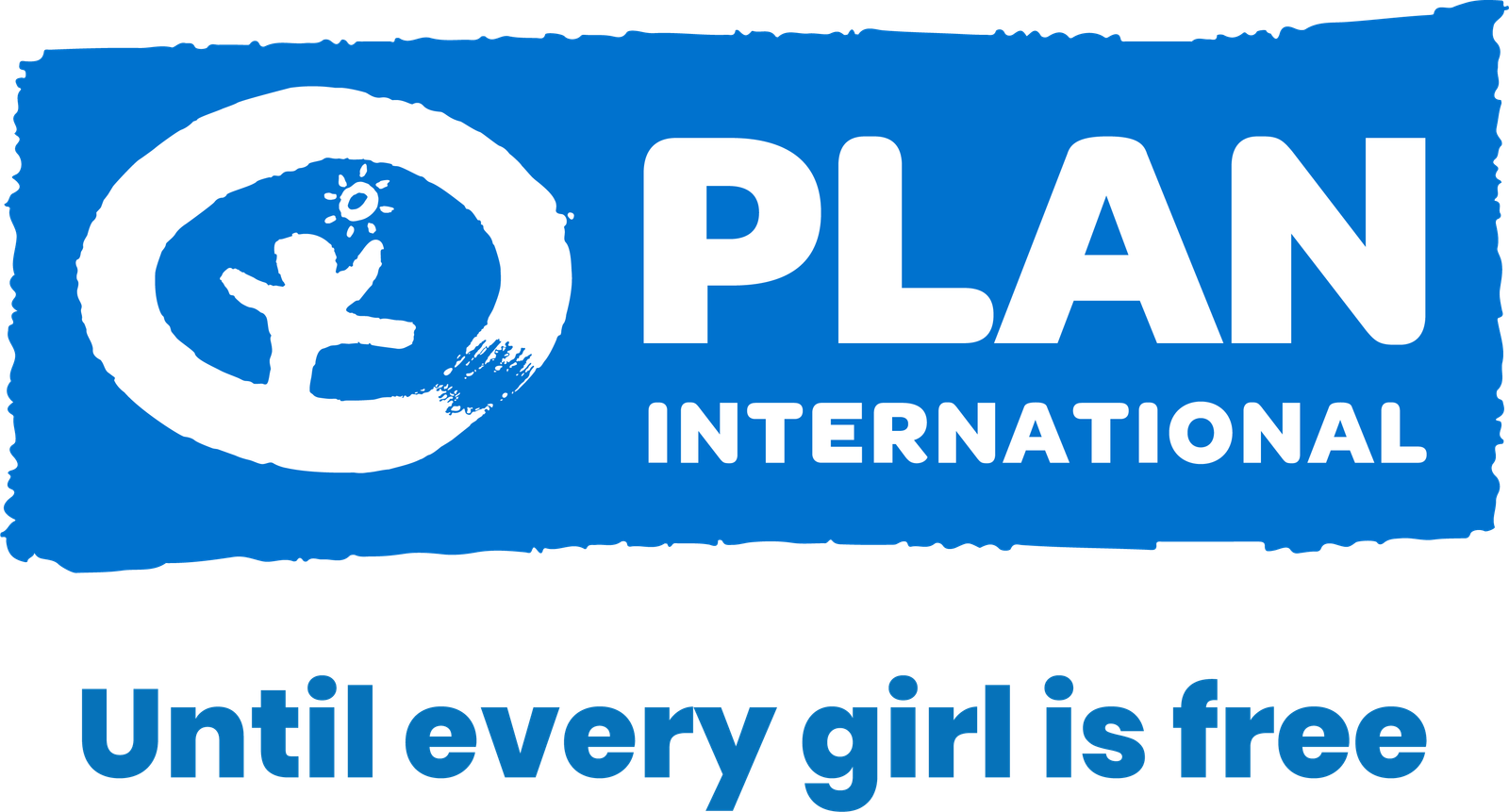
NL
EN
Menu
6 december 2024
Malawi is one of the African countries that is greatly impacted by recurring extreme weather and climate change events such as droughts, floods and storms. These disasters have been a major challenge for the country for the past decade. In the GSTIC project Climate Champions, funded by the Flemish government, we aim to address this challenge. In this project, Nazka Mapps is working together with girls’ rights organisations Plan International Belgium and Malawi and climate modelling expert ClimateScale. Together we aim to implement a gender- inclusive online tool that enables Malawian adolescents and youth to learn about relevant climate risks as well as share adaptation actions and strategies.
Here at Nazka, our role is to design and develop the online tool together with our partners and stakeholders. As we started our process to design the tool, the first step is understanding the challenges of our users and empathising with them. In October 2024 , we had the chance to organise an interactive workshop on site in Malawi with the local youth as they will be the primary users of the tool.
The main objective of the trip to the project location Kasungu District, was to gather as much information as possible about our users and stakeholders in Malawi. Being there on the ground gave us an interesting insight into the region, the youth who will be the main users of the online tool, and the stakeholders who will be managing the content. As we visited the offices of youth-led organisations Nzotheka and Umodzi in Kasungu we got the chance to get to know these inspiring young people. We discussed how they have helped their communities even before the project to mitigate and adapt to climate risks and what they have learned from the project so far. The Nzotheka youth organisation is doing forestry management and bee keeping in their village and Umodzi is managing a small-scale water supply facility.
To prepare for the trip, we started working on different data visualisations, which we printed and took with us to Malawi. This way we could test how easy it would be for the youth to understand climate risks that would be displayed as part of the online tool. During the interactive workshop in Kasungu we tested the data visualisations, learned more about the climate change knowledge of the youth and their ability to come up with adaptation plans.
The process of visualising the data started with plotting the Geojson data of Malawi and checking how it would look by indicating colours for changing temperature in specific areas. This was easily made thanks to the Mapframe demo. After having a clearer idea of what we wanted to visualise we later changed to a more illustrated visualisation of our data which we used in the interactive workshop. We are using graphics of a woman at different points of her life in this visualisation to make it easier for the youth to link climate risks to life phases in their future.
In the end, our user-centred design process taught us invaluable lessons about the importance of local context when developing digital tools. Specifically for Malawi these include the relevance of using the local language, the varying skills of using a tablet, the differences between female and male youth and the accessibility of the internet. By directly engaging with the Malawian youth, we gained an understanding of their needs, challenges, and preferences that reshaped our initial design assumptions. As we continue refining the tool we aim to keep the voices of the Malawian youth and their local knowledge at the centre of building a truly impactful and sustainable solution.
-1734423343888.png)
